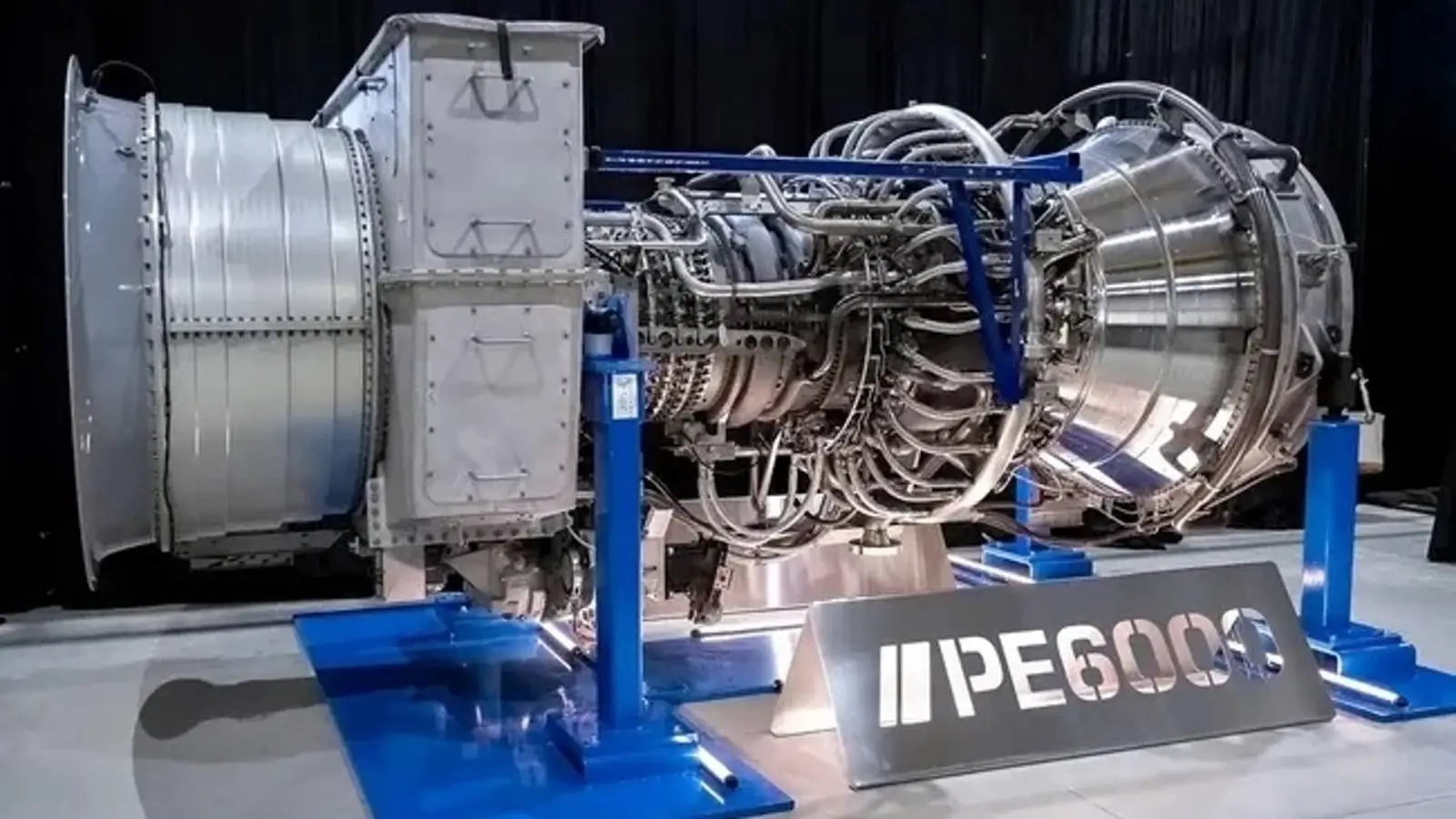Why AI data centers are running on jet turbines
AI data centers are deploying retired jet turbines to meet soaring power demand. From Texas to OpenAI's Stargate, mobile generators deliver 34-48 MW in minutes.
AI data centers are deploying retired jet turbines to meet soaring power demand. From Texas to OpenAI's Stargate, mobile generators deliver 34-48 MW in minutes.

© ProEnergy
The age of artificial intelligence has proved so power-hungry that data centers are turning to jet engines. In the United States, operators are installing retired turbines from commercial airliners—literally aircraft engines on trailers, converted into generators capable of powering AI clusters that draw tens of megawatts.
According to IEEE Spectrum, Texas already hosts setups based on General Electric CF6-80C2 and LM6000 turbines that once flew on Boeing 767 and Airbus A310 jets. Reworked by ProEnergy and Mitsubishi Power, these giants now deliver up to 48 megawatts each—enough to keep entire server farms humming while the power grid struggles to match demand.
ProEnergy offers mobile power units with jet engines mounted on trailers that can be brought online in a matter of minutes. Similar solutions like Mitsubishi Power’s FT8 MOBILEPAC, built around Pratt & Whitney engines, provide the same output in compact packages.
It isn’t cheap and it isn’t green: the turbines burn gas or diesel, need complex emissions-control systems, and operate in simple-cycle mode without recovering heat. Still, for an AI industry where even a single cluster can consume hundreds of megawatts, this is increasingly the only fast option.
IEEE Spectrum also reports that OpenAI is rolling out about 30 LM2500XPRESS units in Texas under the Stargate project. Each unit delivers up to 34 megawatts and can start in under ten minutes—essentially a mobile power station driven by jet thrust.
The problem is that conventional power networks simply can’t keep up. Connecting new capacity can take five years or more, and building out generation drags on even longer. So temporary workarounds are becoming standard practice: an AI campus today might run on kerosene, and tomorrow—perhaps—on a nuclear module.
In the end, jet turbines that spent decades serving the military and the oil industry are now supplying the power behind artificial intelligence. And if the future really belongs to AI, it appears to be arriving on the roar of Boeing thrust.